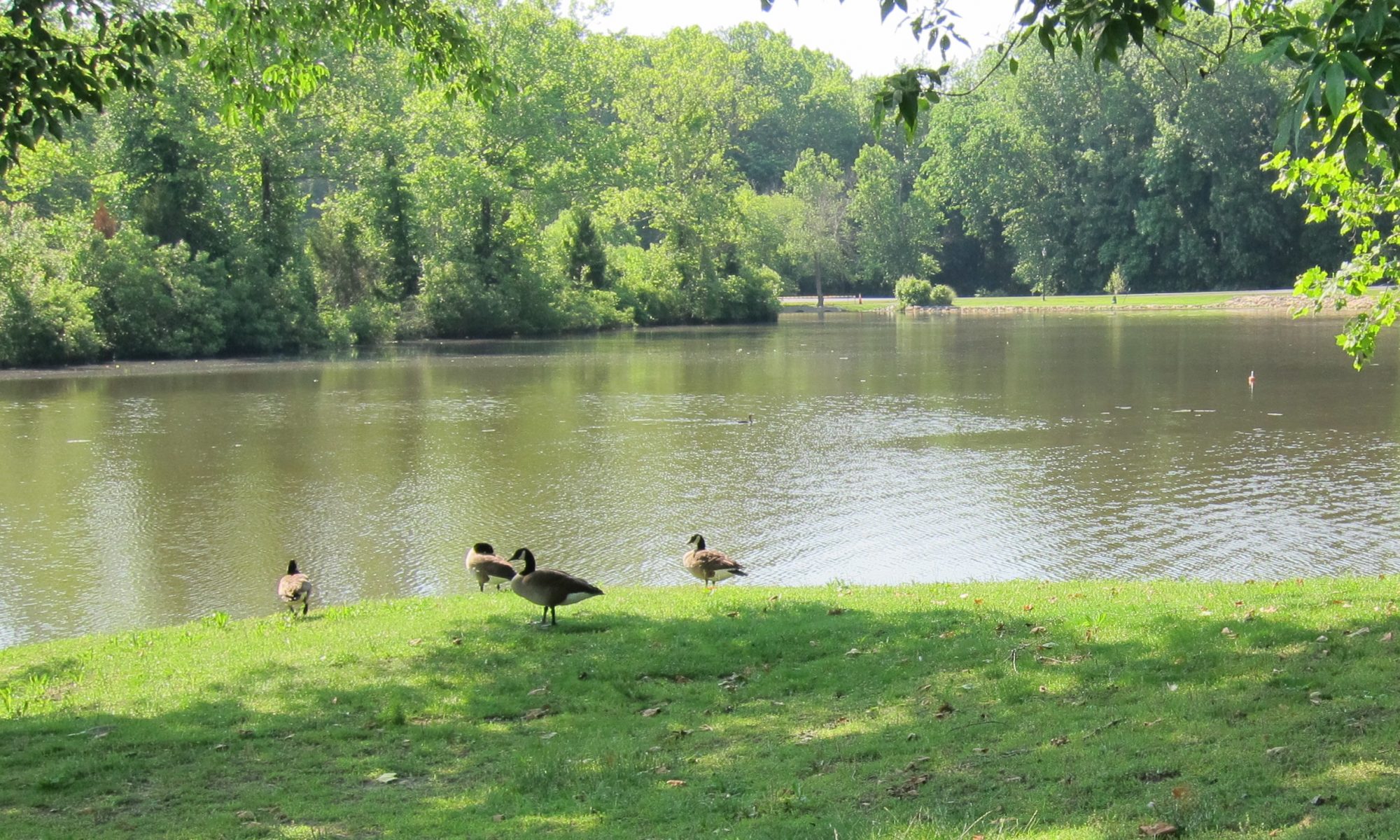
Last week I had the opportunity to tour Shirley Plantation with Carrie Fancett Pagels, author of “Return to Shirley Plantation: A Civil War Romance” and several other writers. Historian and tour guide Julian Charity and Carrie gave us a fascinating tour of the property and the Great House. This beautiful home is occupied by the 11th generation of the Hill Carter family that dates back to the 1650s. Shirley Plantation, and many of the others, is located along the James River in Charles City County, Virginia.
King James I of England granted 4,000 acres of land on the banks of the James River (named for him) to Sir Thomas West, Virginia’s first royal governor in 1613. The property was initially named West and Sherley Hundred, incorporating his name and his wife’s, Lady Cessalye Sherley. “Hundred” was a term in the 17th century used for many of the outpost settlements.

The plantations in Virginia in the 16th, 17th, and 18th century were used for agriculture, first worked by indentured servants and later by slaves. Tobacco cultivation was Shirley’s original crop. That changed over the years to include corn, wheat, barley and oats. Cattle, Sheep and hogs were also raised. As we drove in for our tour we observed beautiful fields of cotton in bloom.

Sir Thomas’s heir and wife sold the property in 1618 upon his death. The new owners changed the name to Shirley Plantation. Captain Edward Hill I purchased the property in 1638 and built Hill House for his family. Captain Hill served in the local militia, as Speaker of the House of Burgesses as well as other positions in local and regional government.
Shirley Plantation continued to pass down through the generations of the Hill family sons. Since Edward III lost his only son during childhood, and the oldest daughter moved to England upon her marriage, the plantation would ultimately pass to his youngest daughter, Elizabeth. While this young lady might have been a target for fortune hunters, she married John Carter, the attractive and educated son of the wealthiest man in North America, Robert “King” Carter. Robert Carter attained that nickname because it was said that his wealth rivaled that of the King of England. When these two great families were joined in marriage in 1723, they began construction of the Great House on the plantation. It has remained in the family ever since. Many other familiar names are part of this family such as Light Horse Harry Lee, Robert E. Lee, Mary Nelson, daughter of Thomas Nelson, who was governor of Virginia and a signer of the Declaration of Independence.
Shirley was used as a supply depot late in the Revolutionary War, when Lafayette’s troops traveled to Yorktown. During the war of 1812 the lead roof from the Great House was sold and melted for bullets. During the Civil War, the James River was a strategic route to Richmond, the capital of the Confederacy. When General McClellan took over the land of Shirley Plantation and used it as a field hospital, Louise Humphry’s Carter, wife of Robert Carter, provided care for the Union solders encamped in her yard. In appreciation for her humanitarian efforts on behalf of his men, General McClellan issued a Federal Order of Safeguard protecting the residents and the plantation.
Other than the metalwork, stone and marble, all the materials for the Georgian and Queen Anne style Great house and outbuildings were produced onsite. One remarkable feature of the house is the remarkable four story square-rigged “flying staircase” in the front hall. The only other “flying staircase” I’ve seen is a circular one at Carter Hall (part of the same family) located in northern Virginia near Millwood. These staircases have no visible means of support, yet they have stood the test of time.
I was also intrigued by a magnificent Willow Oak, now estimated to be 390 years old.
Shirley Plantation is one of 33 plantations listed in the National Register of Historic Places located along the James River and its tributaries in southeastern Virginia. Many are open to the public and provide a rich view into America’s past. To learn more about Shirley Plantation or to plan a visit, see: http://www.shirleyplantation.com


Janet, what a wonderful post and I so appreciated all this history! To think they melted the roof for musket balls in 1812! And I love that Willow Oak as well. If branches could speak, imagine the tales they would tell!!! Thanks for a delightful post.
Thanks for coming by, Elaine. When I took a closer look at the tree, I realized it had been around for the whole story of the families who lived in this magnificent setting and home.
I am so glad you were able to come out with us, Janet! Shirley is a special place to me especially since I have one published novella set there and another two as-yet-unpublished manuscripts! Blessings!